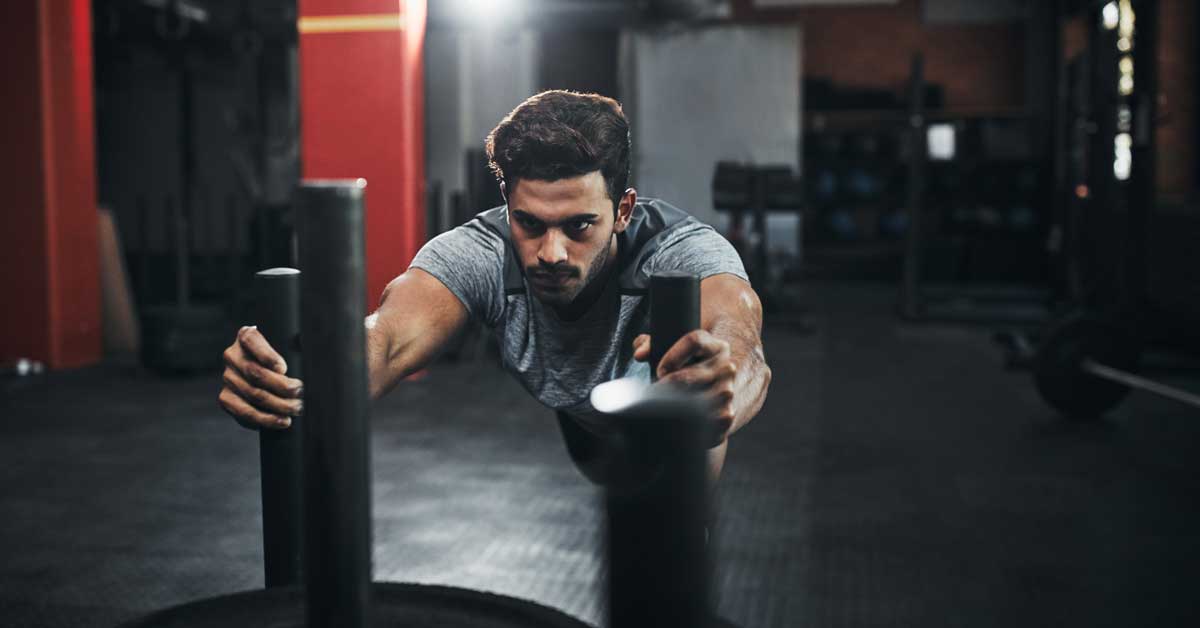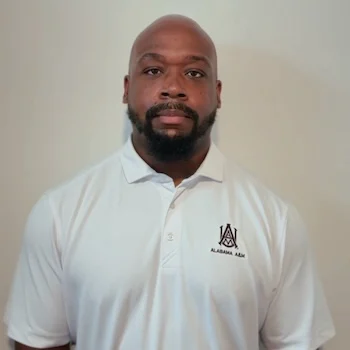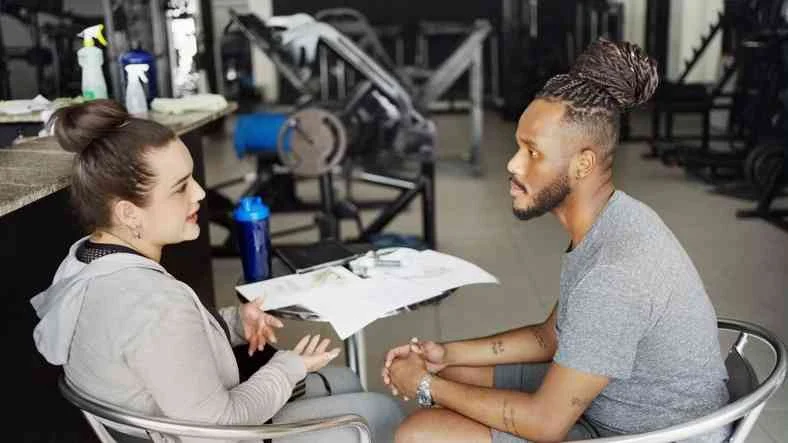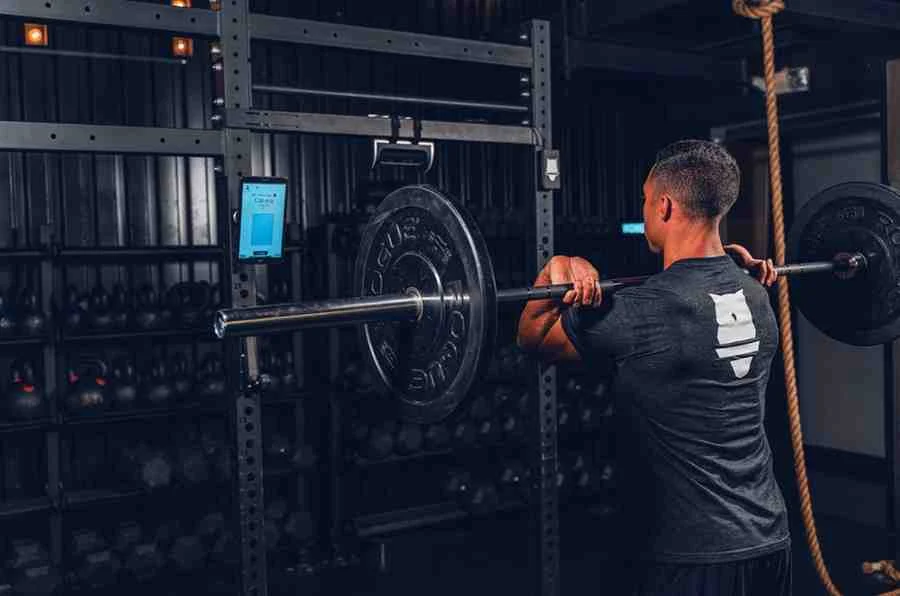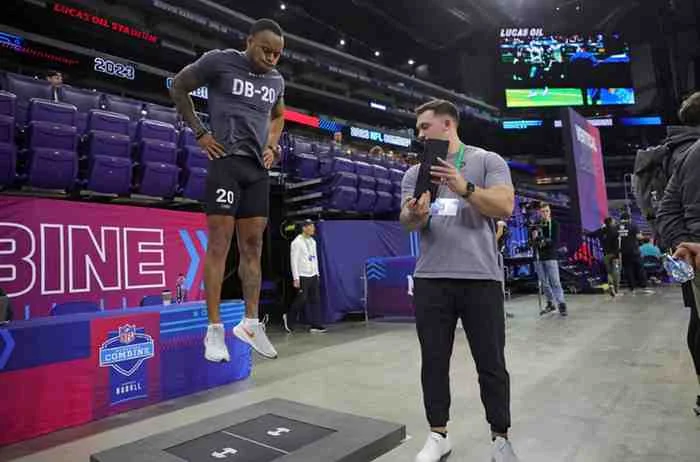At any given moment on social media, you can find at least two strength and conditioning, track and field, or other sport/performance coaches arguing about what works best. No matter how much research comes out, there will always be discussion on what program works, why a certain rep/set scheme works, and how, when, and with whom to implement certain exercise variations.
But does all of that variation really matter? Probably not as much as we’d like to think.
Sure, physiology, exercise science, and an understanding of sport strategy and game planning matter on the larger scale of what we, as professionals, do. But at the end of the day, what really matters is the consistent action toward the sought-after result.
At the end of the day, what really matters is the consistent action toward the sought-after result, says @KoachGreen_. Share on XAs the late American entrepreneur Jim Rohn once said, “Success is neither magical nor mysterious. Success is the natural consequence of consistently applying basic fundamentals.”
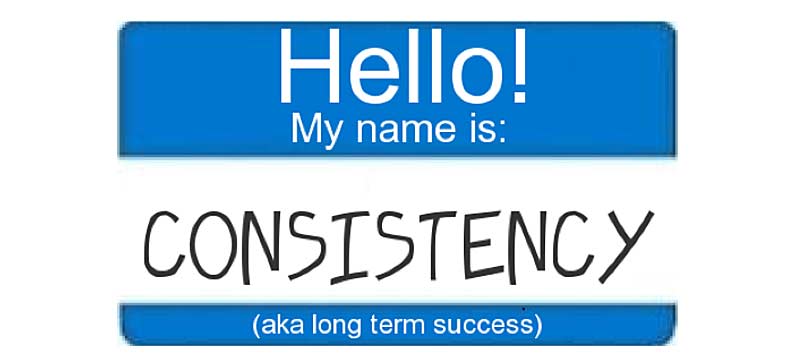
So Many Tools, So Little Time
In the field of strength and conditioning and athletic performance, there is an array of training techniques and strategies that can and will yield the desired training effect if applied intelligently and with consistency.
When I first entered the athletic performance field, I was almost immediately overwhelmed with how much information was circulating and how much I could or should be implementing with the athletes I worked with.
As a former college athlete, I had become quite fond of the Olympic lifts and their variations after seeing basically every major collegiate strength and conditioning program in the country utilizing them. I was then totally taken aback when I came to find there were coaches who vehemently disagreed with the use of Olympic lifts for field and court athletes.
How, with all of the past and present evidence of practical value, could anyone disagree with that training tool? What better option could there be than a good, old-fashioned power clean or hang power snatch?
The only words I could think of while going through that phase were I don’t know enough and feeling the all-too-common imposter syndrome.
There’s this idea that to be the best you have to do what the best do, and I think that is, more often than not, taken out of context.
There’s an idea that to be the best you have to do what the best do, and I think that is, more often than not, taken out of context, says @KoachGreen_. Share on XWhen it comes to athletic performance, whether you’re the athlete or the coach, it’s not the exercise selection, training protocol, equipment, or fancy technology that makes the greatest difference. Those things obviously play a part in—or limit—the things you’re able to do, but when we take a step back and look at what we’re really doing this for, the difference between choosing a hex bar jump shrug and a power clean won’t be as great of a difference as some people would lead you to believe.
What Is Important?
When it comes to coaching, programming, technique, standards, and any and every other variable you use to enhance athletic performance, take a step back and identify what the overall goals are.
Speed? Vertical or horizontal power? Relative or absolute strength? Agility?
Take stock of what the end goal is and work backward on how you plan on getting there. Whatever methods you choose, with whichever implement—keeping in mind the importance of physiological adaptations and what those adaptations require—stick to it.
This isn’t being ignorant, or stubborn to the fact that:
- Some methods are circumstance dependent.
- Just because it worked for A, doesn’t mean it will work for B.
- Being wrong is okay if we learn and grow from it.
Trial and Error and Trial
Coaching—whether strength and conditioning, athletic/sport performance, or sport in general—is equal parts science and art. The science side of coaching is heavily, if not fully, reliant on the natural laws of gravity and human physiology. The art is the true difference-maker when it comes to coaching athletes of any age.
Art is subjective, and so is the creation of it. When determining what strategy best fits your circumstance in regard to performance, it is fully up to your own personal discernment.
Again, keep in mind the individuals/team(s) you’re working with and the required attributes and qualities needed to succeed athletically within that sport. Equally as important, be aware of what you’re comfortable with and capable of implementing and coaching.
Why vs. How
He who has a why to live can bear almost any how. –Friedrich Nietzsche
As previously stated, when we look at the why of a training program from a physical standpoint, we’re talking about qualitative variables that can be trained:
- Speed
- Strength
- Agility
- Power
Generally speaking, these are the qualities and attributes that have a direct impact on athletic ability.
How those qualities and adaptations are manipulated and enhanced is the proverbial “many ways to skin a cat.”
- Olympic weightlifting
- Conjugate
- “Feed the Cats”
- French contrast training
The list goes on.
Research and/or live examples cover this array of training protocols that have led to positive athletic adaptations. On the flip side, there may be an equal amount of data that says the contrary to the exact same findings. But, from personal experience, what really makes the juice worth the squeeze is picking a protocol, system, or program (variables accounted for) and sticking with it long enough to observe either a positive or less-than-desirable adaptation. And based off of the simplest, most foundational training principle, there will be an adaptation to an imposed (and consistently applied) demand.
This is easier said than done—like most things worthwhile.
Physically monitoring and tracking training protocols, volumes, intensities, etc. will alleviate most of the “guess work” in programming. That guess work being of the educated variety, of course.
If I have a football athlete who needs to improve acceleration and power, I may see fit to load him with heavy sled sprints and some Olympic lifts. I can track and control the amount of weight being used and added over time, where the sprints take place and when, and the primers and exercises/lifts that precede and follow.
Until there is clear evidence that there is a decrement in performance (breakdown in mechanics, inability to recover from training, decrease in necessary intensity, etc.), and we are getting further away from the current training goal, there is no reason to change the stimuli.
If and when a stimulus needs to change, we can look at the quality we’re training and find another means to get us back on track. If the Olympic lift is the issue, we can switch it out for hex bar jumps and lifts coupled with plyometric work. If the load of the sled is too much, we can reduce the load or try the prowler instead.
Until there is clear evidence that there is a decrement in performance, and we are getting further away from the current training goal, there is no reason to change the stimuli, says @KoachGreen_. Share on XAnd, in what could probably be a totally separate article, having an exercise library of your own creation makes this adjustment phase infinitely easier.
Do What Works
After becoming more “comfortable” with my role as a strength and conditioning professional, having aided many athletes on their journey to improvement and success (using both Olympic and non-Olympic movements), I came to the euphoric revelation: We’re all right, and it’s alright.
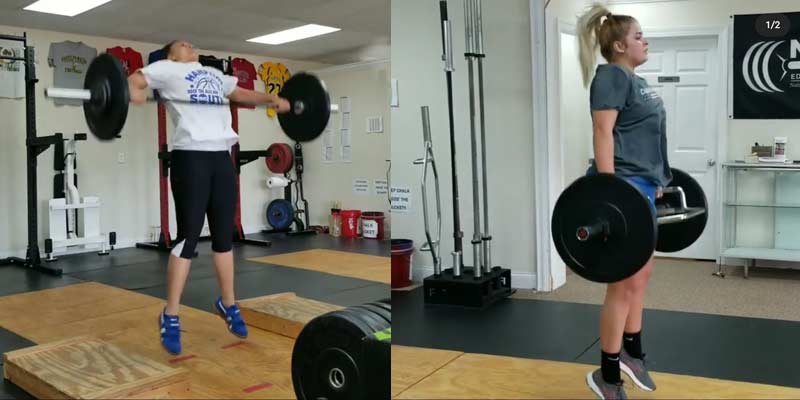
If we’re going on a road trip, the best way to get there is by getting up and going. Going, however, is dependent upon who we’re going with, how we’re going to get there, and how long we plan on staying. The method of transportation and number of travel buddies is extremely important, but not nearly as important as actually forming a plan with the variables in mind, then starting and staying on the path to get to the desired destination.
If you’ve ever been on a relatively long road trip, you know that pit stops, maintenance, and traffic can, and will, arise.
The same applies to training and performance. Things will happen along the way that can impede us from reaching the ultimate goal:
- Injuries that require treatment and rehabilitation.
- Movement and technique flaws that require exercise, intensity, or volume regressions.
- Exams, vacations, or any other time off.
Some things are completely out of our control, but the goal doesn’t—and shouldn’t—change.
If the aim is to increase speed, strength, or any other athletic quality, draw up your plan and get to work: exercises, timing, frequency, volume, and all of the general (and sometimes specific) variables.
Make adjustments on the way as they come up but keep moving forward.
Since you’re here…
…we have a small favor to ask. More people are reading SimpliFaster than ever, and each week we bring you compelling content from coaches, sport scientists, and physiotherapists who are devoted to building better athletes. Please take a moment to share the articles on social media, engage the authors with questions and comments below, and link to articles when appropriate if you have a blog or participate on forums of related topics. — SF

